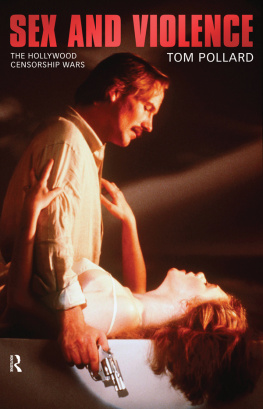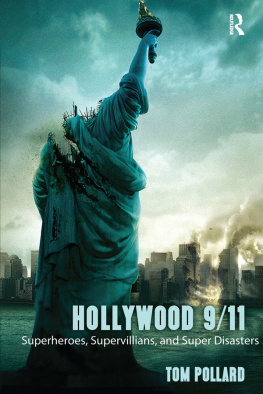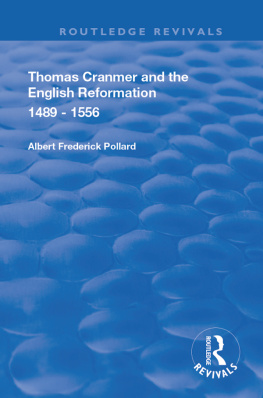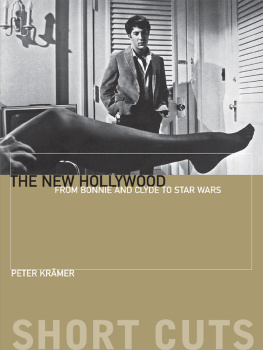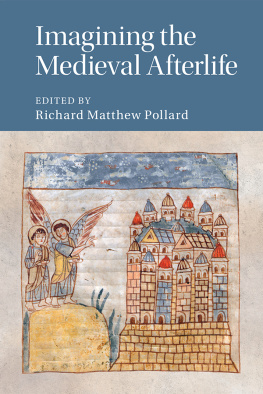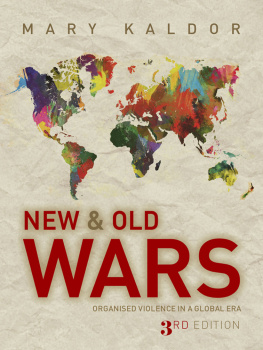Sex and Violence
First published 2009 by Paradigm Publishers
Published 2016 by Routledge
2 Park Square, Milton Park, Abingdon, Oxon OX14 4RN
711 Third Avenue, New York, NY 10017, USA
Routledge is an imprint of the Taylor & Francis Group, an informa business
Copyright 2009, Taylor & Francis.
All rights reserved. No part of this book may be reprinted or reproduced or utilised in any form or by any electronic, mechanical, or other means, now known or hereafter invented, including photocopying and recording, or in any information storage or retrieval system, without permission in writing from the publishers.
Notice:
Product or corporate names may be trademarks or registered trademarks, and are used only for identification and explanation without intent to infringe.
Library of Congress Cataloging-in-Publication Data
Pollard, Tom (Leslie Thomas)
Sex and violence : the Hollywood censorship wars / by Tom Pollard.
p. cm.
Includes bibliographical references and index.
ISBN 978-1-59451-635-1 (hardcover : alk. paper)
ISBN 978-1-59451-636-8 (paperback : alk. paper)
1. Motion picturesCensorshipUnited StatesHistory.
2. Sex in motion pictures. 3. Violence in motion pictures. I. Title.
PN1995.62.P65 2009
363.3'10973dc22
2008042260
ISBN 13: 978-1-59451-635-1 (hbk)
ISBN 13: 978-1-59451-636-8 (pbk)
Design and composition by Cynthia Young.
Contents
This book has its antecedents during the fifties and sixties as my family piled into the family station wagon on Friday nights and headed out to the local drive-in to watch some of Hollywoods most memorable movies (along with some of its most forgettable). We watched Westerns, gangster films, Sci-Fi, thrillers, film noir, musical comedies, social problem films, and documentaries. For me that experience forever associated movies with adventure, fun, family, community, and entertainment. After a lifetime of watching movies, I discovered I could learn even more about them by organizing film festivals, interviewing filmmakers, and writing books and articles about film. For the past twelve years I have also worked on documentary films as a writer, researcher, and occasional host. Throughout all of these activities, however, I never lost my early fascination and enthusiasm with film.
Motion pictures attract many by providing fictional glimpses into imaginative, exotic, dangerous, or otherwise interesting worlds, while they repel others. The resulting controversies constitute an illuminating chapter in social history. This book examines Hollywoods most explosive censorship controversies. It surveys banned and censored movies and the struggles surrounding them. The study begins with the pre-code era, the powerful Hays Code period, and the Motion Picture Association of Americas current regulatory system. In addition, this study examines unofficial censorship imposed by social movements, including McCarthyism during the late forties and fifties and the more recent evangelicalism. The study regards filmmaking and movie censorship as closely intertwined and constantly evolving. It assesses movies as social indices, cultural artifacts, socializing agents, and culture war battlefronts.
I wish to acknowledge the invaluable assistance of Dr. Carl Boggs, friend, colleague, and collaborator, who taught me to probe for deeper sociological and political meanings, as well as Sue Dickey, who greatly assisted in this study. In addition, I wish to thank the distinguished Canadian filmmaker Eva Wunderman, who taught me volumes about the film business from an insiders perspective. Also I wish to acknowledge author Dr. Michael Parenti for his insightful advice, and I wish to thank Dr. Jerry C. Lee, National University chancellor; Dr. Dana L. Gibson, National University president; Dr. Thomas Green, National University provost; Dr. Michael McAnear, dean, National University College of Letters and Sciences; Dr. Jacquelynn Foltyn, chair, Department of Social Sciences, National University; and Dr. Charlene Ashton, associate regional dean, National University San Jose, for their unwavering support of this project. Finally, I wish to thank my family, including my father, C. Les Pollard, and my mother, Mercedes Pollard, for providing abundant opportunities to view films playing at the local theaters in Modesto, California, and my brother and sister-in-law Steven and Kathie Pollard and my brother Michael and sister-in-law Lenndey Pollard for supporting this project in a number of important ways. Finally, I wish to acknowledge the insightful comments of Sir Richard and Lady Feachem, Nan Sandusky, Julie Tsoi, and Edna Espanol.
Chapter One
Introduction to Movie Censorship
When audiences sit down in theaters, on airplanes, or in the privacy of their homes and hotel rooms to watch Hollywood films they rarely consider the rules and regulations governing the form, content, and advertising of the motion pictures they view. Most recognize that ratings provide information about the acceptable age of film audiences, although few know the complex assessment structure behind the ratingscurrently ranging from G (general audiences, all ages admitted) through NC-17 (no one seventeen and under admitted). Few ponder the tense, behind-the-scenes negotiations between filmmakers and the Classification and Rating Administration (CARA) of the Motion Picture Association of America (MPAA), the outcome of which determines a films financial success or failure, or realize the unofficial power of lobbyists, journalists, clergymen, and powerful organizations that pressure studio executives and film raters advocating their own agendas. Even fewer know of the historic struggles involving censorship, sexism, and racism that periodically embroil the film industry.
From the very birth of motion pictures filmmakers faced censorship. They swiftly adapted by inventing ingenious strategies to minimize artistic restrictions. With some modification, this early dynamic between censors, producers, and audiences remains operational today. The level of controversy over film ratings continues unabated, and interactions between producers and regulators can turn contentious at any stage of the rating process. By learning to evade censorship filmmakers crafted some of cinemas greatest classics and most enduring genres, and their evasion strategies remain vital to the filmmaking process even today.
Conflicts surrounding film ratings reflect broader sociopolitical culture wars that continue to flare even today. Current conflicts often pit conservatives against liberals, terms that defy precise definitions, although conservatives traditionally demand strictly enforced regulations aimed at sanitizing movies from offensive scenes, episodes, images, and dialogue, claiming that a liberal media dominates movie content. Liberals grant filmmakers greater latitude to craft their movies. Film critic Michael Medved charges that currently liberal movie critics undermine traditional social values. Medved writes:
Conservative commentators like Medved often assume a liberally biased media without attempting to prove or justify these views, and the term liberal media has acquired a life of its own. An online journal, NewsBusters: Exposing and Combating Media Bias, recently embarked on a mission to expose liberal bias in media without bothering to prove the existence of the alleged bias. Such charges frequently occur, usually without proof or justification.
Noam Chomsky refutes the liberal bias claims as a myth, given the enormous cloud of large media corporations headed by conservatives like Rupert Murdoch. Chomsky refuted charges of liberal bias in a 1997 documentary titled The Myth of a Liberal Media . And, despite the frequent cry of liberal bias, the conservative Fox News currently outpolls all other television news programs. Other cable news channels, including CNN, increasingly reflect Fox Newss conservative bias. These corporations also control movie theaters and movie ratings services. In addition, religious movie ratings services currently provide mass audiences with their spin on the latest movies. Established periodicals including The Christian Century, Movieguide, The Conservative Voice , and The American Conservative currently host online movie ratings services. Recently, critic Roger Ebert appealed to both sides of the debate to moderate the level of acrimony in their writings and embrace critical diversity: I think both the left and the right should celebrate people who have different opinions, and disagree with them, and argue with them, and differ with them, but dont just try to shut them up. Unfortunately, if the past is any indication, Eberts pleas may go unheeded, as political and religious beliefs continue to affect movies as they always have.

